Advisers Critical as Partners
Risks to the international system have never been more evident, given Russia’s war in Ukraine and China’s aggression in the Indo-Pacifi
Risks to the international system have never been more evident, given Russia’s war in Ukraine and China’s aggression in the Indo-Pacifi
Originally created to advise Afghan security forces, the Army’s security force assistance brigades are evolving to operate on a multidomain operations battlefield.
“The adviser teams of today are purposely designed to advise at the tactical level and at the kandak level,” Maj. Gen. Donn Hill, commanding general of the Security Force Assistance Command, said, using the term used to describe Afghan battalions. “We were all about counterinsurgency and stability operations, but the world has changed. The Army is changing.”
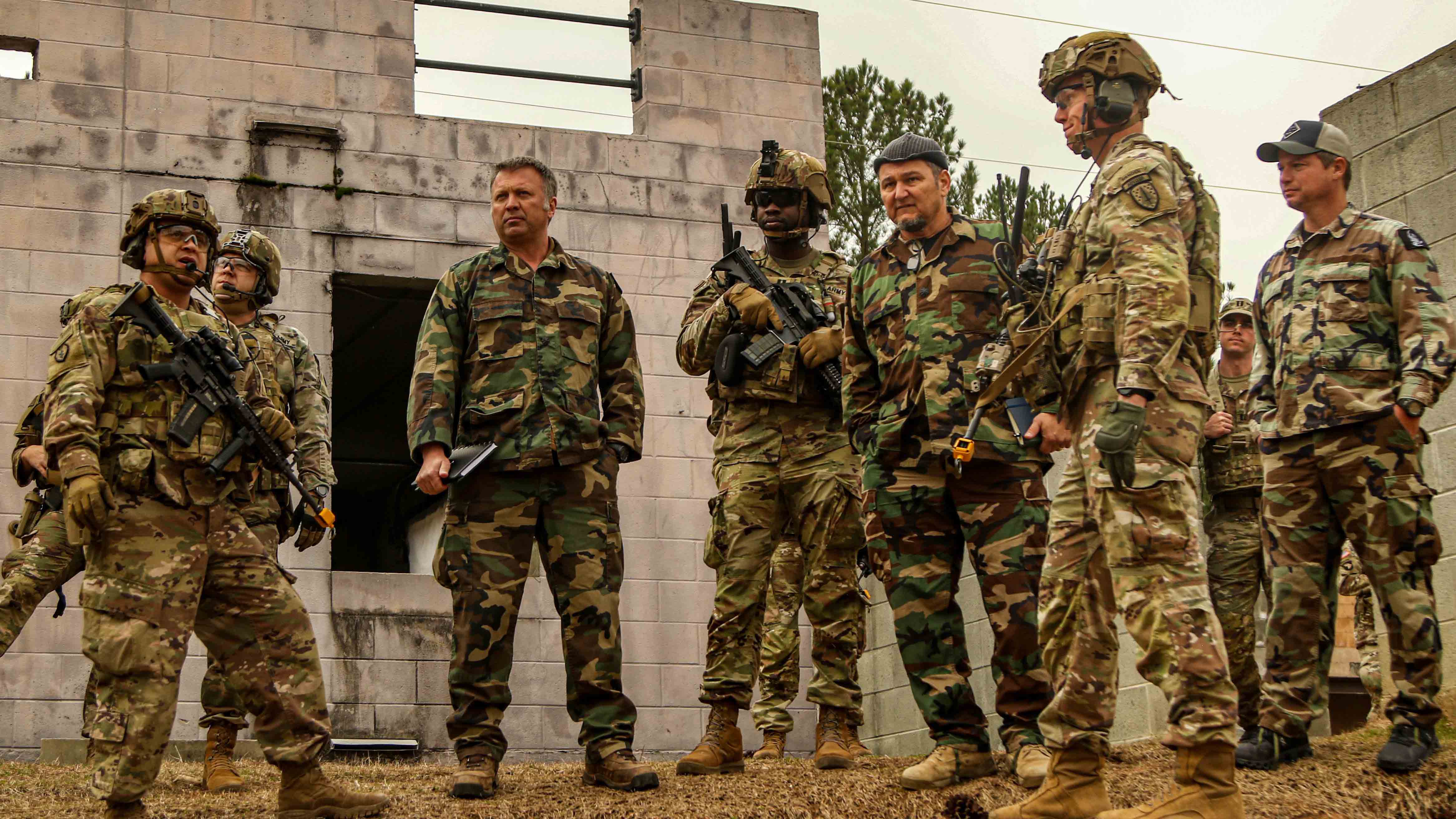
Marking a shift in their mission, the Army’s security force assistance brigades are training to operate with and advise partners and allies in large-scale combat operations.
First established in 2018, the scaled-down, specialized brigades were created to advise and assist foreign security forces while freeing up Army brigade combat teams to remain ready for and conduct combat operations.
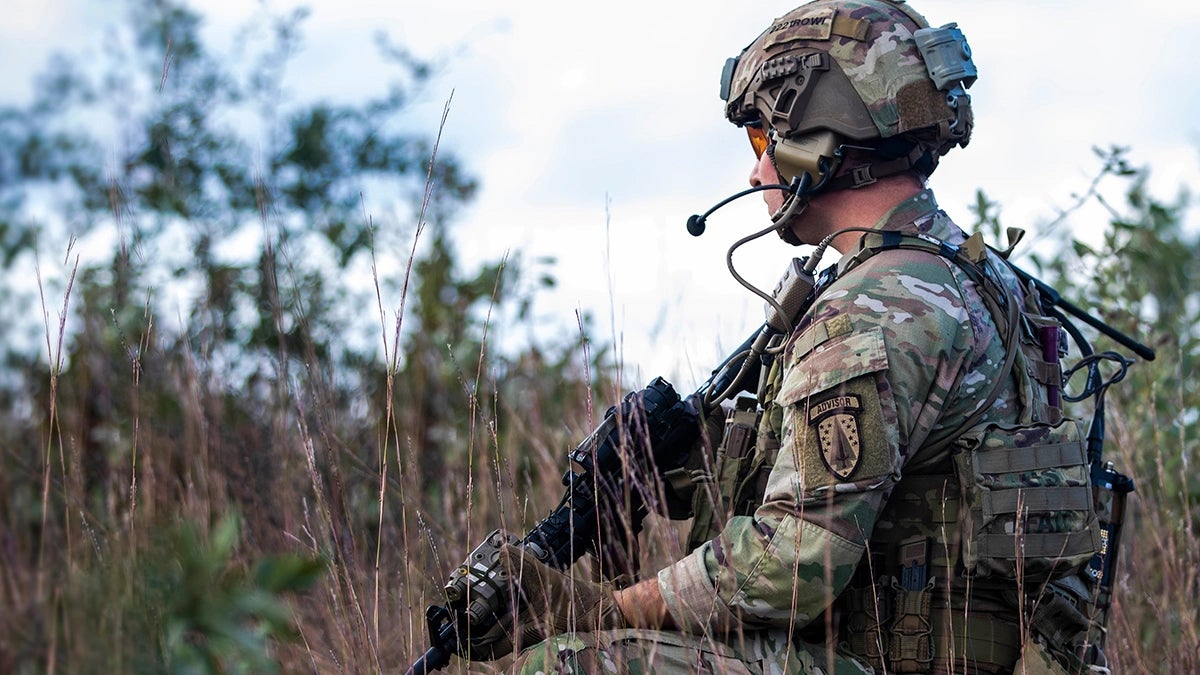
As a land force, the Army is strategically poised to leverage relationships with allies and partners in multidomain competition, but it must continue to proactively build its network, according to the author of a new paper.
Describing the Army’s security force assistance brigades, Special Forces soldiers and the State Partnership Program as a “security force assistance triad,” author Charles McEnany writes that all three are critical to the Army’s “modernization for strategic competition and [multidomain operations].”
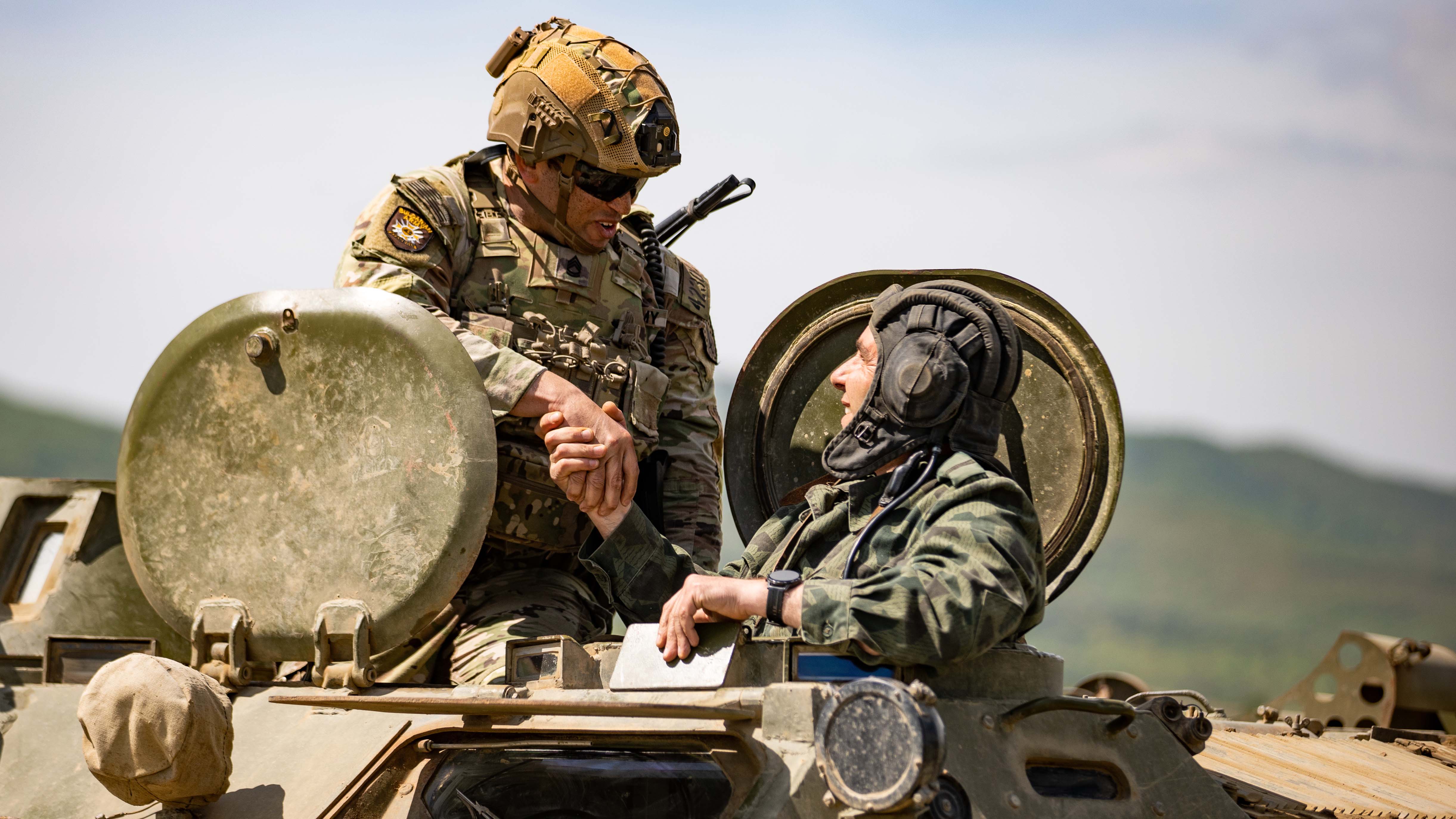
The Army’s security force assistance brigades are helping the service extend its reach and presence around the globe, particularly in Europe and the Indo-Pacific.

The Association of the U.S. Army is kicking off 2022 with five new podcast episodes in January, including an interview with the leaders of the 173rd Airborne Brigade and an update from the 5th Security Force Assistance Brigade.
First up in the “Army Matters” series is an interview with Christine Lathrop, AUSA’s deputy director of membership, who will talk about the association’s “Welcome Back” campaign and how AUSA membership supports soldiers and the Army.
The episode is available Jan. 3.
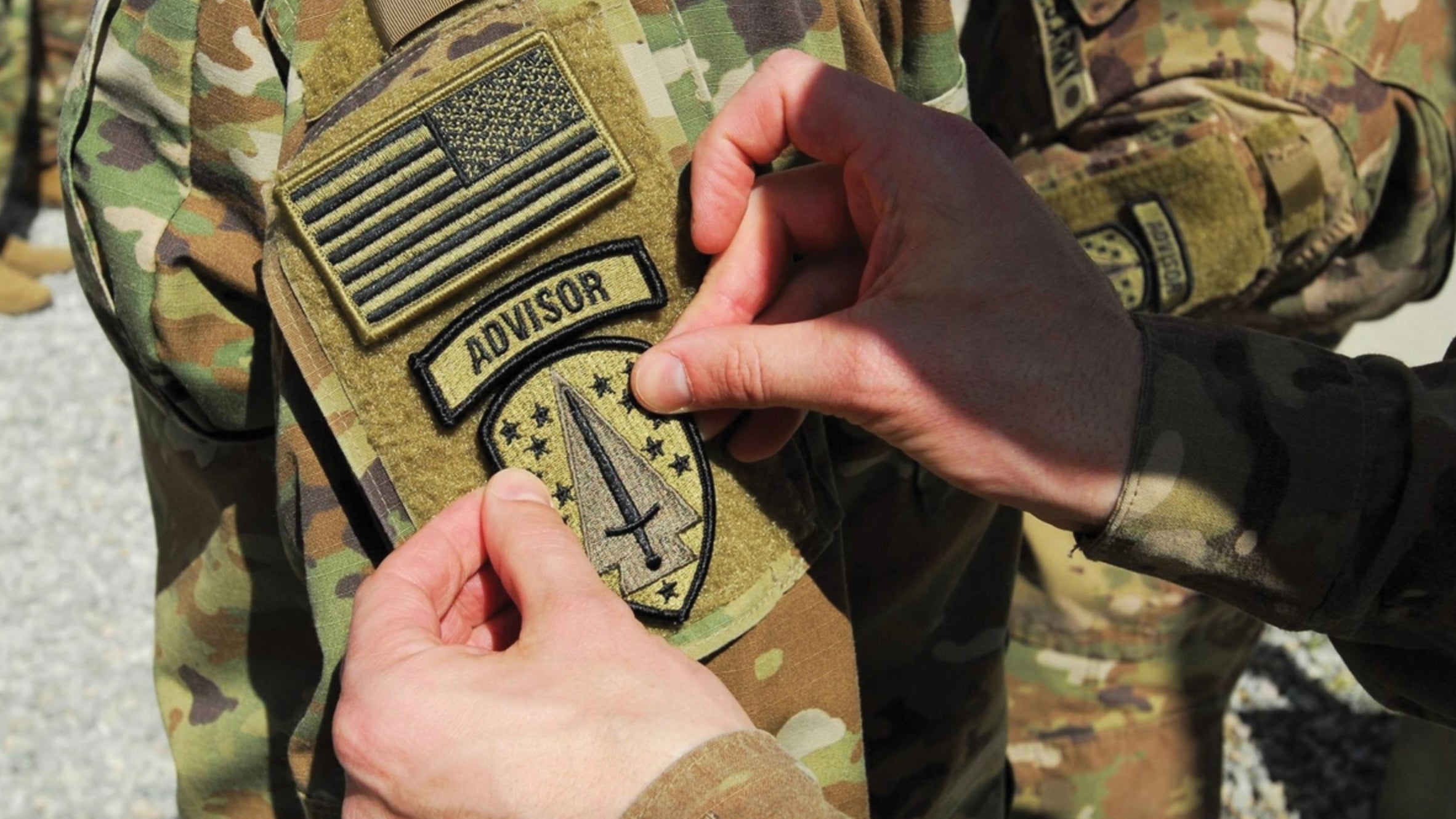
The author of a new paper published by the Association of the U.S. Army suggests that the stress created by the high demand for armored brigade combat teams could be mitigated by using formations from the Army’s new security force assistance brigades.
In “Combat Multiplier: Examining the Security Force Assistance Brigade's Role in Future Army Strategic Deterrence,” Maj. John Thomas Pelham IV writes that the “perpetual deployment” of armored brigade combat teams has a negative impact on their readiness.
In Brief
|
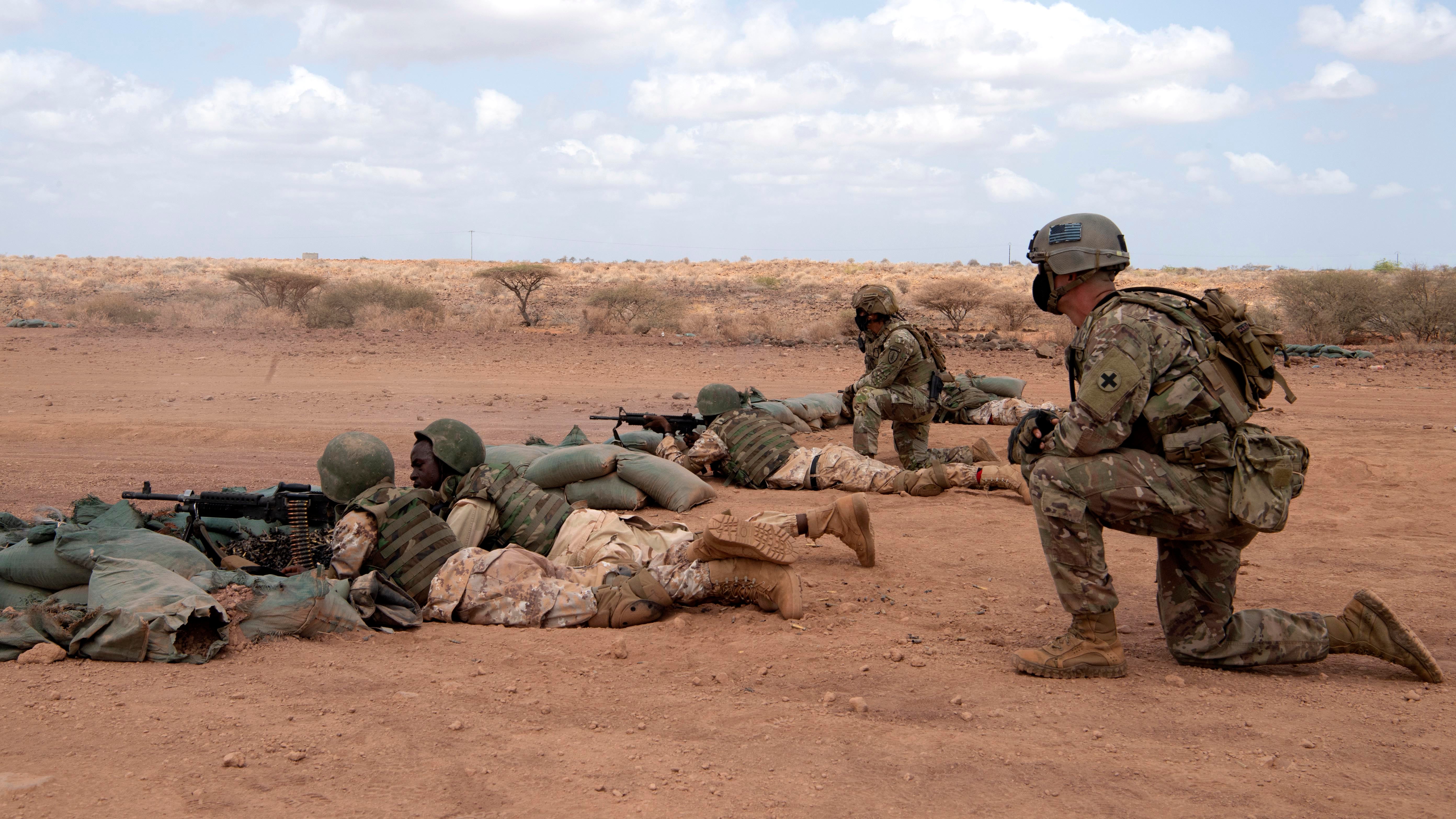
The 2nd Security Force Assistance Brigade is expanding its presence in Africa with continuous, predictable rotations and a focus on sharing information among teams about its growing number of military partnerships.
Based at Fort Bragg, North Carolina, the 2nd SFAB is regionally aligned with the U.S. Africa Command area of operations. Force packages that comprise 20, 12-person teams are deploying to the continent on six-month rotations, then returning home for 12 months to reset, rearm and retrain in preparation for the next deployment.